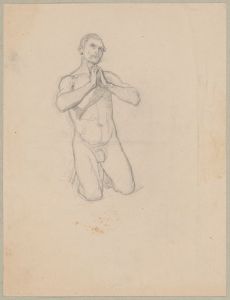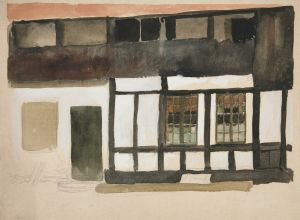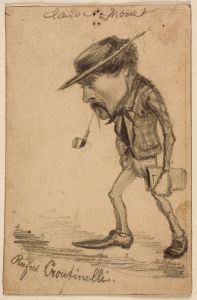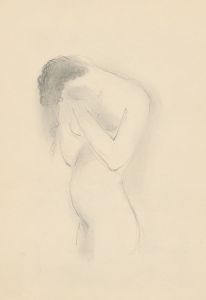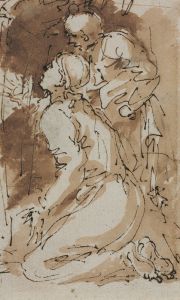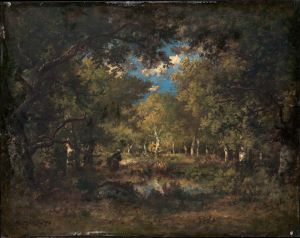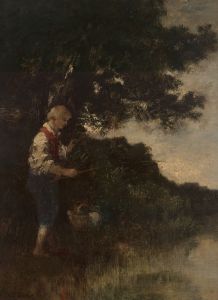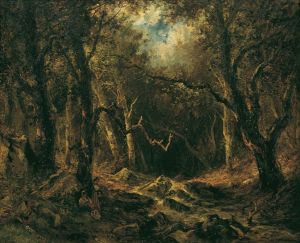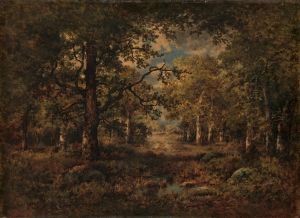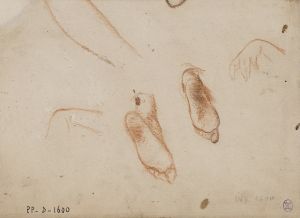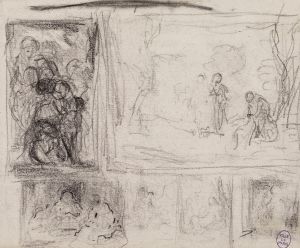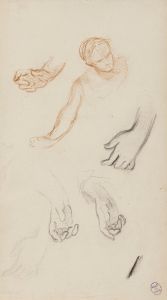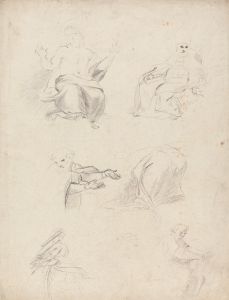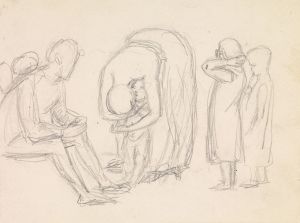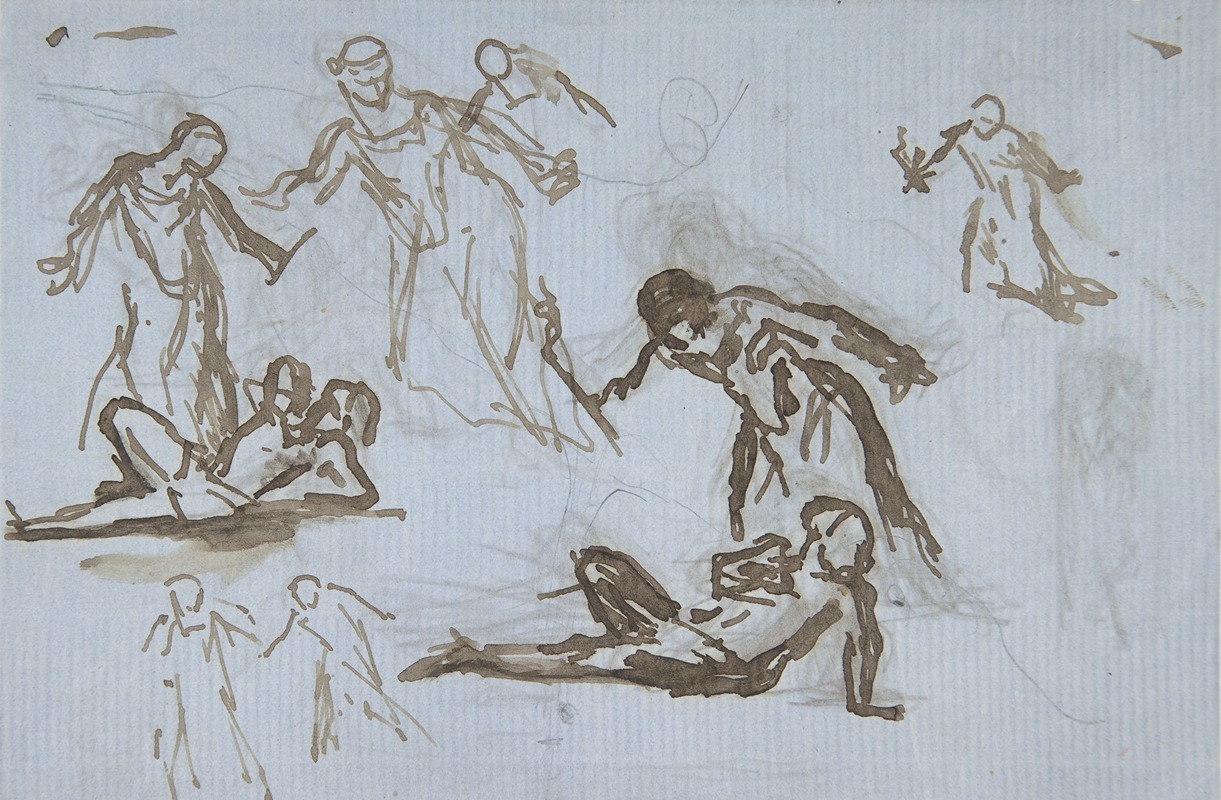
Sheet of figure studies
A hand-painted replica of Narcisse-Virgile Diaz de La Peña’s masterpiece Sheet of figure studies, meticulously crafted by professional artists to capture the true essence of the original. Each piece is created with museum-quality canvas and rare mineral pigments, carefully painted by experienced artists with delicate brushstrokes and rich, layered colors to perfectly recreate the texture of the original artwork. Unlike machine-printed reproductions, this hand-painted version brings the painting to life, infused with the artist’s emotions and skill in every stroke. Whether for personal collection or home decoration, it instantly elevates the artistic atmosphere of any space.
Narcisse-Virgile Diaz de la Peña was a prominent 19th-century French painter, known for his association with the Barbizon School, a movement that emphasized naturalism and the depiction of rural landscapes. Born on August 20, 1807, in Bordeaux, France, Diaz de la Peña developed a distinctive style characterized by vibrant colors and expressive brushwork. Although he is primarily celebrated for his landscape paintings, he also produced a number of figure studies, which showcase his skill in capturing the human form.
"Sheet of Figure Studies" by Narcisse-Virgile Diaz de la Peña is a work that exemplifies his interest in the human figure, a subject he explored alongside his more famous landscape compositions. This piece is a collection of sketches that likely served as preparatory studies for larger works or as exercises to refine his technique. Such sheets were common among artists of the time, providing a space to experiment with poses, anatomy, and the interplay of light and shadow on the human body.
Diaz de la Peña's figure studies often reveal his fascination with the Romantic style, which was characterized by an emphasis on emotion and individualism. His figures are typically rendered with a fluidity and dynamism that suggest movement and life. The studies may include a variety of poses, from standing and seated figures to more complex arrangements, capturing the subtleties of human expression and form.
The Barbizon School, with which Diaz de la Peña is closely associated, was a group of painters who settled in the village of Barbizon near the Forest of Fontainebleau. They sought to break away from the formalism of academic art and instead focused on painting en plein air, or outdoors, to capture the natural world with immediacy and authenticity. While landscapes were the primary focus of the Barbizon painters, figure studies like those by Diaz de la Peña demonstrate the breadth of their artistic exploration.
Diaz de la Peña's work, including his figure studies, reflects the influence of earlier masters such as Eugène Delacroix, whose use of color and expressive forms left a lasting impact on the artist. Additionally, his studies may have been influenced by the works of Jean-Auguste-Dominique Ingres, known for his precise and elegant depictions of the human figure.
The "Sheet of Figure Studies" is a testament to Diaz de la Peña's versatility as an artist. It highlights his ability to convey the beauty and complexity of the human form, even in the most preliminary sketches. These studies not only served as a foundation for his more finished works but also stand alone as examples of his artistic skill and insight into human anatomy and movement.
While specific details about the creation and current location of "Sheet of Figure Studies" are not widely documented, such works are typically held in private collections or museums that focus on 19th-century art. They remain valuable for their insight into the artist's process and the broader context of the Barbizon School's contributions to art history.
In summary, Narcisse-Virgile Diaz de la Peña's "Sheet of Figure Studies" is an important piece that reflects his mastery of the human form and his role within the Barbizon School. Through these studies, Diaz de la Peña not only honed his skills but also contributed to the rich tapestry of 19th-century French art.





